A breast cancer diagnosis is a difficult time for a patient and their loved ones, and treatment decisions are not always easy to make. During the breast cancer treatment process, patients face many options and can benefit from support and insight from those who have traveled this path before them.
Read the very personal perspective from different patients on how they made their individual breast cancer treatment decision.
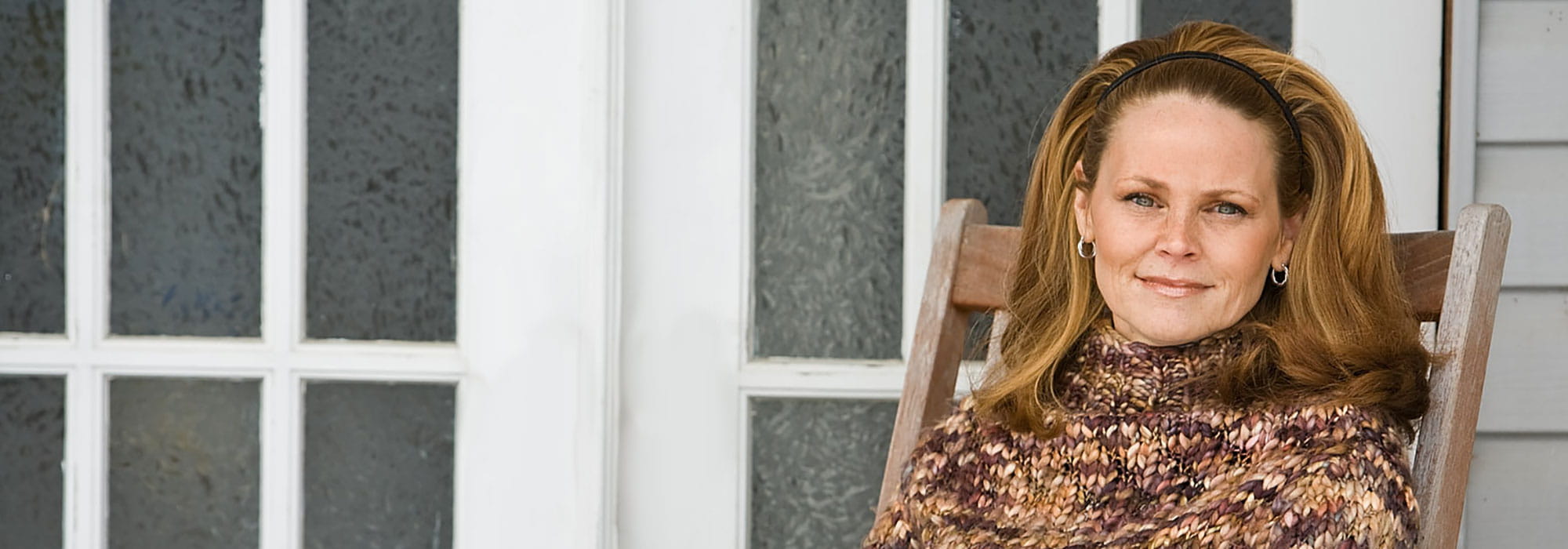
-

Coree's Story
“Genomic testing and the Oncotype DX test gives you the peace of mind and the reassurance that the treatment plan that you and your doctor have decided upon based on your recurrence score is the right one.”In 2009, Coree H., a flight attendant and mother of three in Toronto, had her annual mammogram. When the results came back negative, she and her family were relieved. Her mother had lost a hard battle with breast cancer and for Coree, there was always a lingering fear that she too would be diagnosed. Later that year at her annual physical, due to Coree’s dense breast tissue and family history, her physician ordered a precautionary MRI. Unlike the mammogram, the results from her MRI revealed a 1.5 centimeter tumor. When her tumor was biopsied, breast cancer was confirmed. Looking back, Coree was grateful for her doctor’s persistence. “In my case, I was incredibly lucky because my doctor insisted I receive additional screening. My journey was significantly altered due to her foresight.”
After Coree’s surgery, she and her oncologist discussed the Oncotype DX breast cancer test. At the time, her health plan in Ontario, Canada did not cover the diagnostic test, but Coree was not deterred as she wanted to understand the individual characteristics of her tumor. “I’m not sure why, but when my doctor explained that my test results would come back in numerical form, ranging from 0-100, with a zero being the best case scenario, I started focusing on the number 13 - my daughter’s soccer jersey number. “ When the test came back, she and her doctor had a wonderful surprise: her Recurrence Score result was a 13.
“My treatment plan was changed due to the additional information provided by the Oncotype DX breast cancer test.”“What I learned from Oncotype DX, is that I had a low risk of breast cancer recurrence. Receiving a low Recurrence Score meant that I would derive little or no benefit from chemotherapy. The test gave me a great deal of confidence to fight the same disease that took my mother. It was the best news I could receive.”
As one of the first patients in Canada to benefit from the Oncotype DX test, Coree is an advocate for other early-stage breast cancer patients who face similar treatment decisions. “My treatment plan was changed due to the additional information provided by the Oncotype DX breast cancer test, and I think this information should be available to every qualified patient.”
In early 2010, six months after Coree fought unsuccessfully to have her own test reimbursed by her health plan, the Ontario Health Insurance Program began paying for the test. Although Coree paid for the test herself, she is delighted that other women in her province will now have access to Oncotype DX. “I’m thrilled that other breast cancer patients will be able to benefit from this information!”
Between her 23-year career as a flight attendant and her three teenage girls, Coree is as busy as ever. She and her family love to travel. When she’s not flying, most of her time is spent shuttling the girls between competitive soccer, gymnastics or cheerleading. “I adore my girls so much and am so relieved that they didn’t have to see me suffer through chemotherapy, and that I was able to keep in-step with their lives.”
READ MORE -
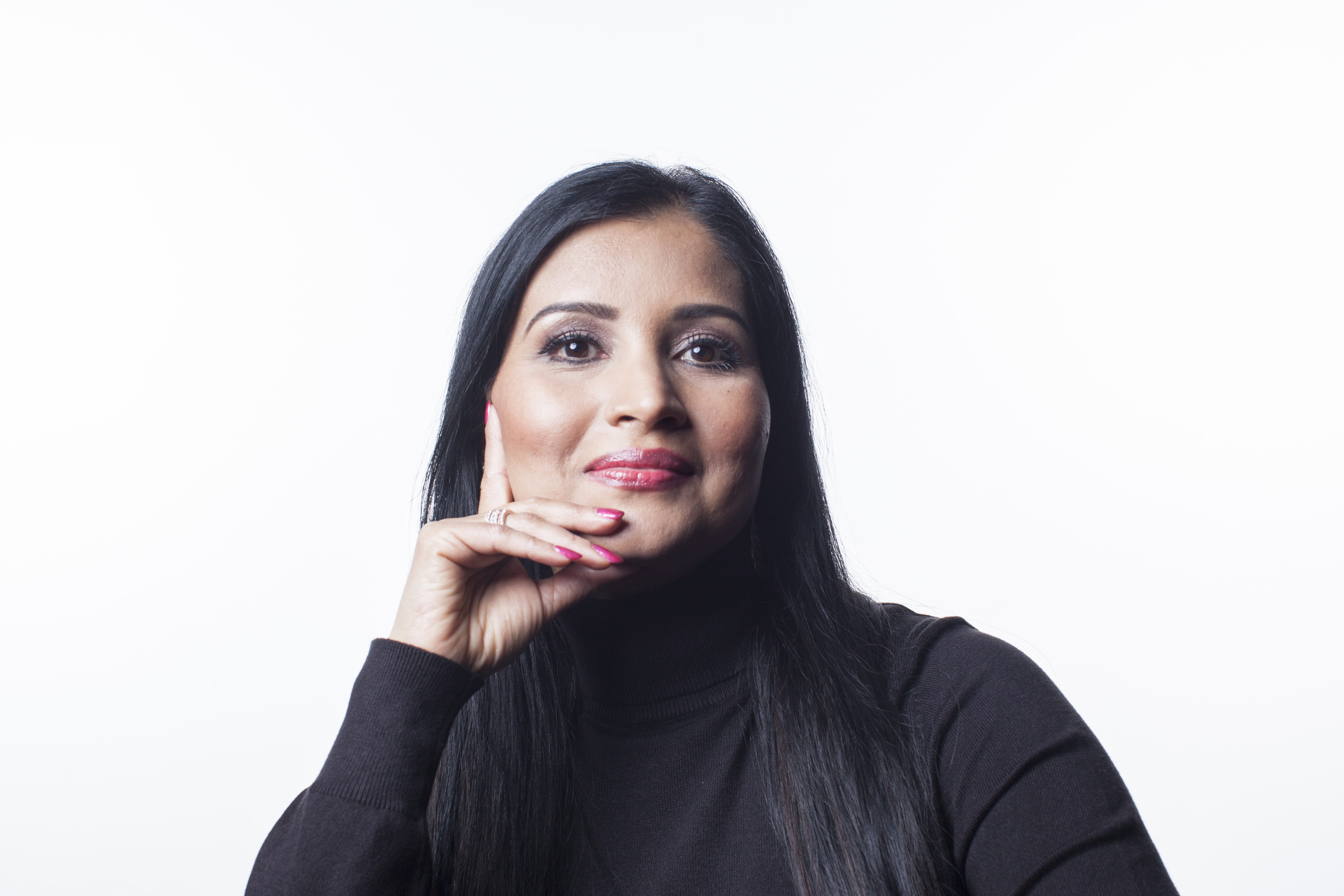
Deepa's Story
"All of this has allowed me to gain a unique perspective from being a breast cancer surgeon and breast cancer patient. Now I know what it's like to face cancer. I have walked in my patients' shoes."While on spring break with her family in 2015, Deepa felt pain in the right side of her chest. After a mammogram revealed a mass in her breast, she immediately got an ultrasound and biopsy. After a mammogram revealed a mass in her breast, she immediately got an ultrasound and biopsy. At 41 years of age, Deepa, a new breast surgeon faculty member at Grant Medical Center in Ohio, was diagnosed with invasive breast cancer.
Like most patients, Deepa was devastated with the diagnosis and what it could potentially mean for her career as a breast surgeon. She was faced with the same decision her patients had to make - whether to get a lumpectomy or mastectomy, and whether or not she would need chemotherapy.
As a surgeon, she knew a lumpectomy would also include radiation with potential side effects - something she had seen first-hand with her patients. Ultimately, Deepa decided on a mastectomy with reconstruction.
"All of this has allowed me to gain a unique perspective from being a breast cancer surgeon and breast cancer patient. Now I know what it's like to face cancer. I have walked in my patients' shoes."After her mastectomy, the pathology results showed that she had a 1.5cm tumor. Deepa immediately knew that she would need the Oncotype DX test. Based on her clinical features, Deepa guessed that she would have an Oncotype DX Recurrence Score of 10.
The results came back with a Recurrence Score of 18 meaning her benefit from chemotherapy would be low, and she decided not to do chemotherapy.
After this experience, she recognizes that there are real people behind the statistics that doctors give to patients. Deepa now calls her patients as soon as their results come in because she understands their anxiety when waiting for answers. Deepa ensures that when she has discussion with her patients, they have a shared decision-making process about treatment and that her patients are empowered to ask the right questions when they see a medical oncologist.
READ MORE -
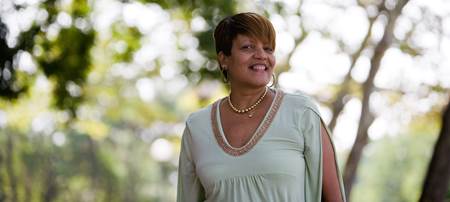
Gail's Story
“I had made up my mind not to take the chemo, but I also wanted to do everything I could to try and prevent the cancer from returning. So when I saw the results, I knew what I needed to do and felt more confident about my decision to add chemotherapy to my hormonal treatment.”When Gail, a retired medical assistant, was diagnosed with hormone-receptor-positive, lymph node-negative breast cancer last December, she was upset by the diagnosis but not very surprised since many of her friends and family have also faced breast cancer.
At first Gail only wanted to take radiation and hormonal therapy because her tumor was small, but her doctor urged her to consider adding chemotherapy to her treatment plan. Because Gail wasn’t certain about the best treatment for her breast cancer, her doctor recommended that she take the Oncotype DX test. This test looks at the activity of 21 genes within a woman’s breast tumor to better understand how her individual cancer is behaving.
“I wanted to do it [the test] because I knew it would help me make a treatment plan with my doctor.”When Gail learned about the test, she remembers that, “I wanted to do it because I knew it would help me make a treatment plan with my doctor.”> Oncotype DX measures an individual woman’s chances of benefiting from chemotherapy, as well as the likelihood that her cancer will return or spread in the future. Having this information was important to Gail, since she knew that not all women will benefit from chemotherapy.
Gail’s test results were in the intermediate range, indicating that her cancer was somewhat more likely to return in the future than the cancers of women in the low-risk group. Gail recalls that, “I had made up my mind not to take the chemo, but I also wanted to do everything I could to try and prevent the cancer from returning. So when I saw the results, I knew what I needed to do and felt more confident about my decision to add chemotherapy to my hormonal treatment.”
Today, Gail has completed both her chemotherapy and her radiation treatment. She continues to take her daily hormonal treatment and will do so for five years. She is back to feeling good and enjoys spending time with her new husband, Alphonse, and caring for her mother. In her spare time, Gail loves window-shopping and follows all the fashion trends—she even had her wig cut to look just like Rihanna!
READ MORE -

Mike's Story
“My score impacted my journey by eliminating the doctor’s recommendation for further chemotherapy treatments.”Mike didn't think men could get breast cancer until he was diagnosed at the age of 49.
It all began one night when he felt a tender lump in his right breast. If it wasn't for bloody discharge from his nipple, Mike might have ignored the lump altogether. Concerned, he visited a breast surgeon, who performed a biopsy after a mammogram and ultrasound were completed. Although rare in men, Mike was diagnosed with breast cancer.
Mike had a significant family history of cancer. His mother was a breast cancer survivor who had been diagnosed in her 40s, only to later pass away from ovarian cancer.
Mike, a sales director at a major corporation who describes himself as being very matter-of-fact, was shocked by his diagnosis but immediately scheduled surgery. Mike underwent mastectomy and sentinel axillary lymph node dissection. Because the sentinel lymph node was positive for cancer, his surgeon completed an axillary lymph node dissection, removing 14 lymph nodes altogether.
"Men [who] go too long without going to see their doctors. I took the time to have it checked out. I encourage my buddies to do the same."After the successful surgery, Mike met with an oncologist to discuss his treatment options. Based on the positive node, Mike’s oncologist recommended chemotherapy, and Mike prepared himself for the possible side effects. Mike underwent his first round of chemotherapy without any immediate difficulty. A week later, he was out of town on business and started to experience severe abdominal pain. Mike was admitted to the ICU at a local hospital and was diagnosed with inflammation of the cecum (a segment of the intestine).
After returning home, his doctors decided that Mike was not healthy enough to resume chemotherapy. Unless the inflammation resolved, Mike would need to have the inflamed segment of intestine removed in order to continue with chemotherapy. They waited for a few weeks, but there was still no improvement. Because of this quandary and the need to make a decision about the next step in his treatment, Mike's surgeon suggested using the Oncotype DX Breast Recurrence Score assay to evaluate the benefit of chemotherapy.
Based on a Recurrence Score result of 3, Mike’s oncologist determined that chemotherapy did not offer significant benefit in his case and recommended hormonal therapy with tamoxifen.
"It's reassuring knowing that chemo isn't something that I have to take a risk with."Once this decision had been made with the help of the Oncotype DX assay, Mike was very relieved. "It's reassuring knowing that chemo isn't something that I have to take a risk with," he says.
Today, with the support of his wife, three children, and work colleagues, Mike feels healthy and continues treatment with tamoxifen. Even though Mike thinks that he was fortunate, he recognizes the obstacles he personally experienced as a male breast cancer patient and has some valuable advice for "Men [who] go too long without going to see their doctors. I took the time to have it checked out. I encourage my buddies to do the same."
READ MORE -
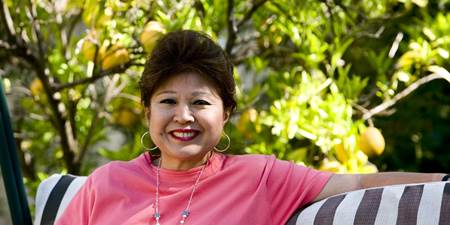
Katherine's Story
"My recurrence score was 18, and I was so happy to find out that I would not benefit from chemotherapy."In 2003, Katherine, a 53-year-old podiatrist and one of the first female Goju-Kai style karate black belts in the United States, found a lump in her breast during a self-examination. After multiple rounds of tests and a double mastectomy to remove her invasive breast cancer, Katherine had to choose whether to get chemotherapy to reduce the likelihood of her cancer recurring.
As Katherine contemplated her decision, her husband learned about Oncotype DX, a new test that was coming onto the market. Katherine’s physician had heard about the test but didn’t think that it would be available for a couple of years. They made a deal that if she did the legwork in researching when the test would become available, and he determined that it was appropriate for her management, he would order it for her. In the meantime, standard assessments of Katherine’s tumor indicated that chemotherapy would be necessary. She called Exact Sciences regularly to see if the test was available.
In January 2004, Katherine became the first woman to use the Oncotype DX assay and learned she had a Recurrence Score result of 18.
Following treatment with an aromatase inhibitor, Katherine has become a certified ski instructor along with her husband. They enjoy spending time together with their dog, Connor, who is also a cancer survivor.
READ MORE -
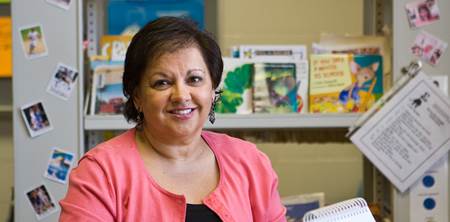
Vilma's Story
“The Oncotype DX test gave me a tangible way to view the benefits of chemotherapy.”When Vilma had a routine screening mammogram in August of 2007, it revealed an abnormality. During the following two weeks, she had a diagnostic mammogram, an ultrasound, and a biopsy. With her diagnosis confirmed, Vilma, 48, knew she was facing surgery.
Vilma met with a general surgeon who recommended a lumpectomy, the most conservative procedure. During the surgery, he also removed a sentinel node, which was positive. This prompted a second surgery; an axillary node dissection. An additional 13 nodes were removed, all negative. The surgeon informed her that the positive sentinel node was a sign that her cancer had spread to the axilla and that her treatment plan should include chemotherapy. He referred her to an oncologist.
“The Oncotype DX test gave me a tangible way to view the benefits of chemotherapy.”Before further treatment, however, Vilma needed to recover from her surgeries. She used this time to learn more about breast cancer treatment. She found Dr. Susan Love’s Breast Book and www.komen.org especially informative. From Dr. Love’s book, Vilma learned about the Oncotype DX, which is a relatively new test, and planned to ask her oncologist about it.
During her initial consultation, her oncologist mentioned Oncotype DX. “I was excited that she recommended the test,” Vilma said. “It showed that she was familiar with current breast cancer practices and wanted to form a comprehensive treatment plan. I felt confident that I had found the right oncologist.”
Vilma’s oncologist ordered the Oncotype DX test, and her Recurrence Score result was 19, at the bottom of the intermediate-risk range of scores. Her oncologist adjusted her treatment plan on the basis of the Recurrence Score result, recommending chemotherapy treatment. Chemo was followed by radiation therapy. And because she was ER+ and PR+, she will be on hormonal therapy for five years.
“The Oncotype DX test gave me a tangible way to view the benefits of chemotherapy” Vilma stated. Now 49, Vilma is enjoying life with her husband and two children. She continues working as a speech-language pathologist, helping children in public schools improve their communication skills.
READ MORE
Contact Us
You are now leaving this site. Any third party link you select from this site may take you to an Exact Sciences website intended for US audiences or a website that is not affiliated with Exact Sciences.
